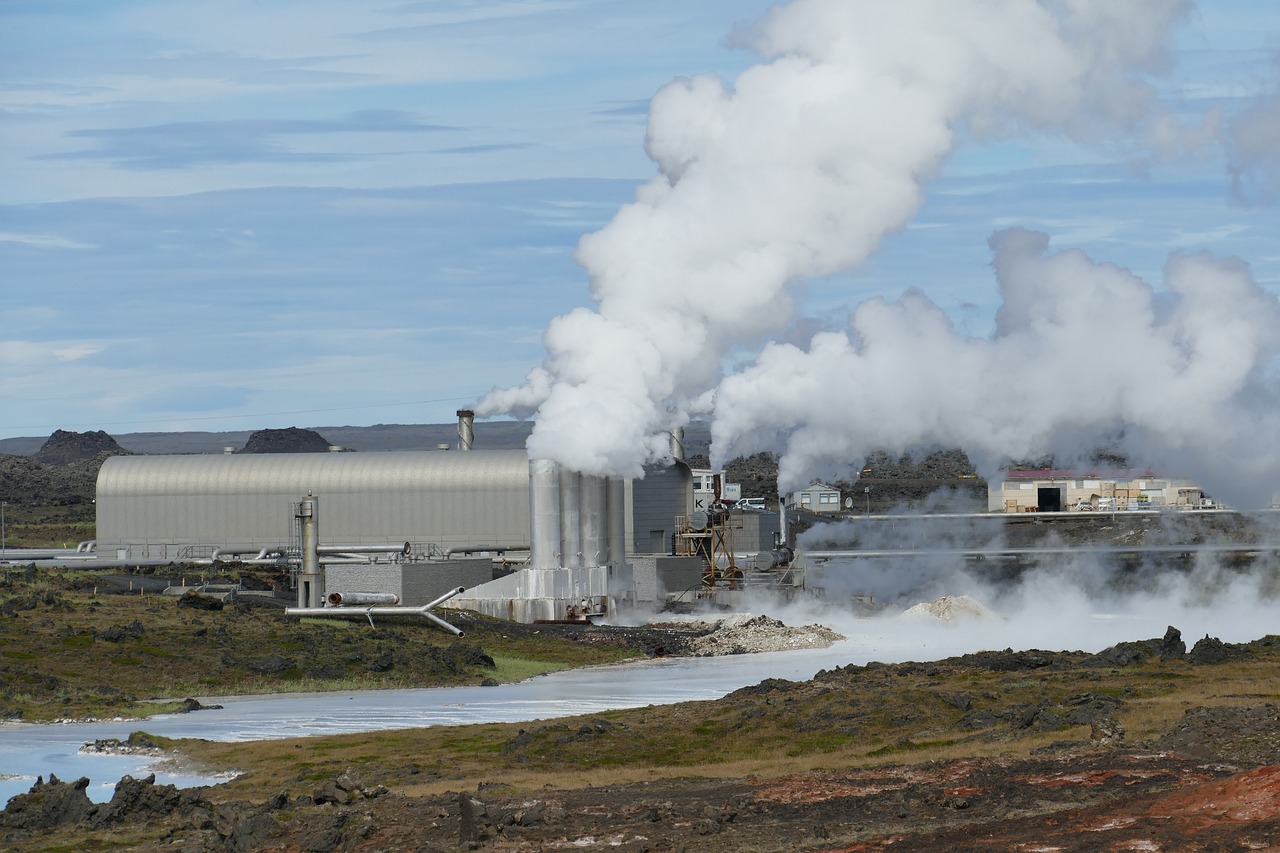While talking about pollution and by going into each types of pollution in detail, we may feel that there is no part of thing that is not polluted. That thought cannot be wrong as we come up with another kind of pollution, named thermal pollution. Thermal pollution, by the name itself, it implies it is warm or hot. Apart from air pollution, water pollution, environmental pollution etc. this is an indirect pollution, meaning it is mainly caused by the process of bringing changes to the surrounded water temperature. Let us see in detail, how this happens and what factors cause thermal pollution. The effects of thermal pollution are also sketched well with all the effective control or prevention for thermal pollution.
Have you ever heard of the experiment done on the frog to see its reaction to hot water? When the frog was brought near to the pot of boiling water, it struggled as it could feel the heat from the water from some distance. If it were put in to hot water it would try to jump out. But if a frog was placed in cold water and this water were to be very slowly heated up, the frog would be comfortable for a long time, enjoying the warmth but would slowly be cooked to death. And he wouldn’t be aware of it.
Thermal pollution is mainly associated with water. Causing an increase in the temperature of a water body such as a lake or sea changes the content of the water and damages its fragile ecosystem. This is thermal pollution.
Causes of Thermal Pollution
- Industrial effluent discharge
Industries that use large amounts of water as coolant, for example in power plants, steel industries, smelters, paper and pulp mills and chemical plants, release the heated water into nearby water sources without first cooling it appropriately
- Urban runoff water
In cities that are covered by concrete and other man made materials in most parts are also causing thermal pollution. The streets, parking lots and other covered spaces are heated up by the sun. When rain or storm water falls on them, it absorbs the heat and runs of into the drains. This water is sometimes up to 10 Degrees warmer than the surrounding water. When untreated and allowed to flow into rivers seas or oceans, it causes thermal pollution in these waters.
Effects of Thermal pollution
Like the anecdote mentioned above there are ecological disturbances that occur when the temperature of water is increased.
- First and foremost the levels of Oxygen are reduced in warmer water. This leads to death of many species of fish and other organisms including plants.
- Higher temperature increases the metabolic activity of organisms in the water, causing them to consume more food. The resources of the ecosystem may not last for long in such a situation. Animals that can adapt to these conditions and are able to find more food tend to survive while others die.
- Some fish, amphibians and those that have a migratory life will avoid the spaces that are affected by thermal pollution. Bio diversity is affected as a result.
- Lesser oxygen content leads to conditions favourable for anaerobic bacteria which will increase in number. These digest their foods by fermentation, which adds to the contaminated condition of water and air.
- Changes and adaptations occurring at the cellular levels cause decreased productivity and shorter life spans. These can occur even at 2 degrees Celsius variation from normal.
- What happens when the water is colder than normal? When water is let off from dams, it is always the cooler deeper waters that are released, rather than the warmer surface water. In this case too, ecological changes occurs leading to shorter life spans, loss of species and alterations in biodiversity.
Thermal Shock
When there is an abrupt increase in the temperature of the water this leads to sudden death of all the fish and other organism in the water which are adapted to a certain temperature. This is called thermal shock. This is noticed when a power plant or an industry starts functioning for the first time and also when it has opened up after a break for repairs.
Control of Thermal Pollution
Heated water from industries can be treated before being released into the nearby water bodies. There are various mechanisms developed for this.
- Cooling ponds and cooling towers where the heat is released through evaporation convection, heat transfer and radiation. These are manmade structures.
- Cogeneration: a process by which the heated water is recycled for domestic use or industrial heating.
- Storm water runoff is directed to under-ground basins by infiltration or bio-retention. These are included in the planning of the city and part of the green infrastructure.
- Storm water basins are also in use but not as effective as these are exposed to the sun and its heat, not allowing the water to cool.
Conclusion
Though it may appear that thermal pollution may not affect humans directly, it is not true. Loss of bio diversity causes changes that affect all the aspects of the environment, because nothing is independent and no one survives completely on their own without relying on their environment.
There is the obvious effect on the food chain, where even now sea food collection has decreased dramatically, irrespective of all the food shows on TV which encourage massive consumption of a depleting food source.
Watching fish in an aquarium is a very effective relaxation therapy. Having a picnic by the river or lake is very invigorating. Listening to the buzzing of insects and the croaking of a watchful frog is companionable. Watching friendly dolphins leaping out of the water and grinning comically is very rejuvenating and inspiring.
Desiring to preserve the integrity of our environment is not selfish and planning and moving in this direction is the right thing to do.

